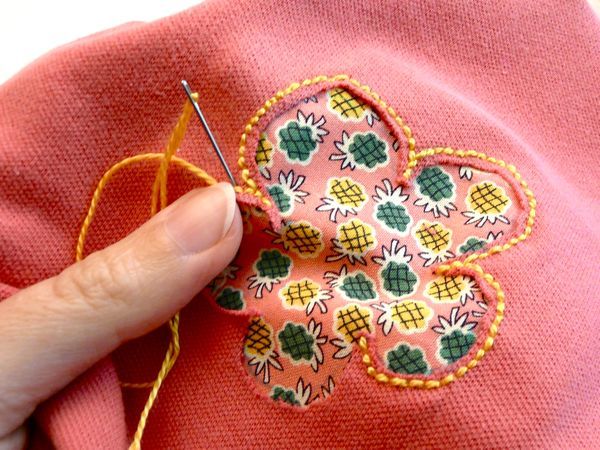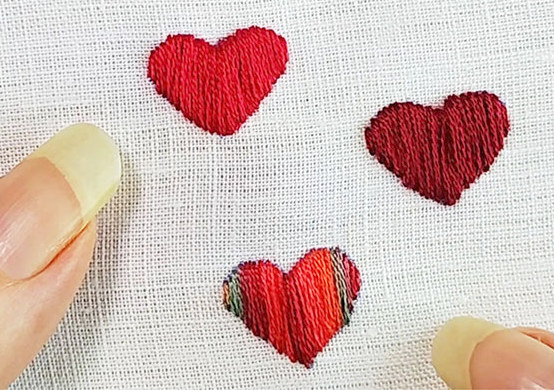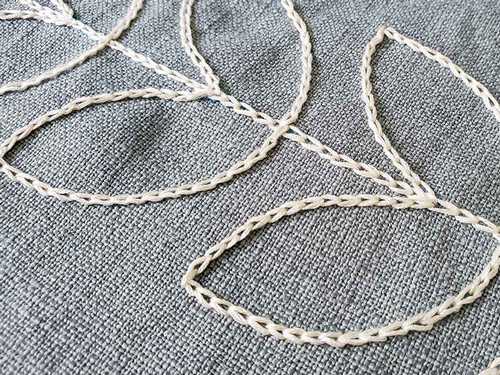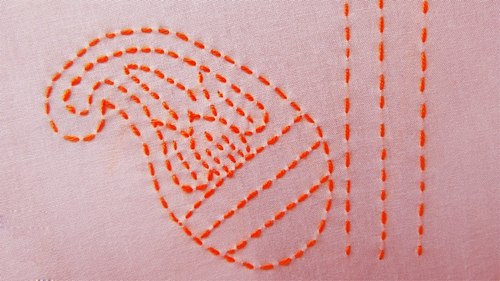Introduction:
Embroidery is an ancient art that has become an integral part of fashion design and couture garments. From the intricate stitches seen on luxury designer dresses to the tiny details that adorn everyday pieces, this is a craft that has been embraced and refined by modern designers. Embroidery is versatile and complex, with a wide range of techniques and stitches to create unique and beautiful designs.
What is Embroidery Technique?
Embroidery is a versatile technique that can add depth and texture to fashion designs. It involves using a needle and thread to create a pattern or picture on fabric. The technique consists of a series of looping stitches, which can be produced either by hand or machine. By choosing threads of different colors and weights, intricate designs can be created – from delicate floral motifs to extensive scenes full of intricate detail. With the right tools, anyone can pick up the basics of embroidery in no time and develop their skills over time. Embroidery is an incredibly versatile craft – it’s great as home decor, fashion items such as patches or necklaces; plus it makes unique gifts for friends and family.
Embroidery Techniques and Stitches for Fashion Designers:
1. Applique:
Applique is a technique that involves sewing a small piece of fabric onto a larger piece of fabric to create a design. Applique can be used to create a variety of designs, from simple shapes to intricate designs. It is often used to create patches or to add a pop of color to a design.

2. Cross-stitch:
Cross-stitch is a simple embroidery stitch that is created by making small X-shaped stitches. It is a popular stitch for creating borders, outlines, and lettering. It can be used with different types of thread and fabric to create different effects. Cross-stitches are among the most popular stitches used in fashion design and are often used as an elegant way to add a touch of subtle color to garments, as well as add texture. When used on a dark fabric it adds a classic, luxurious look while lighter fabrics offer a more free-form, dreamy feel. Cross-stitches often repeat, forming intricate patterns and designs that enhance the beauty of a garment.
3. Satin stitch:
Satin stitch is a filling stitch that is used to create solid areas of color. It is created by stitching closely spaced parallel lines that cover the area to be filled. This stitch is often used to create floral designs or to fill in the shapes created by other stitches. Satin stitches are simple, yet elegant and are typically used to create a smooth, glossy texture. These stitches are incredibly versatile and can be used to create delicate details such as flowers, intricate animals and beautiful motifs. This stitch is also used as a perfect way to accentuate smaller details, such as a complex logo or lettering.

4. Chain stitch:
Chain stitch is a versatile embroidery stitch that can be used for outlines, borders, and filling areas. It is created by making a series of loops that are connected to each other. This stitch can be used with different types of thread to create different effects.

5. French knot:
This is a decorative stitch that is used to create small, raised dots. It is created by wrapping the thread around the needle and then inserting the needle back into the fabric close to where it came out. French knots can be used to create small details, such as the centers of flowers or the eyes of animals.
6. Feather stitch:
Feather stitch is a decorative stitch that is used to create a zigzag pattern. It is created by making diagonal stitches that alternate in direction. This stitch can be used to create borders, outlines, and filling areas.
7. Bullion knot:
Bullion knot is a decorative stitch that is used to create raised, textured designs. It is created by wrapping the thread around the needle multiple times before pulling the needle through the fabric. Bullion knots can be used to create flower petals, leaves, and other textured designs.
8. Buttonhole stitch:
Buttonhole stitch is a decorative stitch that is often used to create a finished edge on fabric. It is created by making a series of loops that are secured with small stitches. This stitch can be used to create borders, outlines, and filling areas.
9. Running stitch:
One of the most classic embroidery techniques is running stitch. This stitch is commonly used by fashion designers to outline motifs, custom logos, and unique designs, allowing the details to become the focal point of an outfit. This is the simplest of basic stitches and can be used to create striking lines and unique geometric shapes, allowing for stunning colorful and texture filled creations. This stitch is a simple stitch that is created by making small, evenly spaced stitches. It is often used for basting or to create a temporary seam. Running stitch can also be used for decorative purposes, such as creating a pattern or texture on fabric.

10. Stem stitch:
Stem stitch is a decorative stitch that is often used for outlines and borders. It is created by making a series of small stitches that follow a curved or straight line. Stem stitch can be used with different types of thread to create different effects.
The stitches and techniques listed above are just a few examples of the many ways embroidery can be used in fashion design. Fashion designers can experiment with different stitches, thread types, and fabrics to create unique designs that stand out.
Conclusion:
Over the centuries, embroidery techniques have been steadily refined and adapted for use in fashion design and couture garments. Whether it’s running stitch, satin stitch, couching stitch or cross-stitch, each technique allows fashion designers to create intricate and unique pieces that stand out, while still staying true to their vision. By combining different techniques, fashion designers are able to create stunning pieces that are nothing short of wearable art.
References:
- Art in Needlework – By Lewis. F. Day
- https://www.bagsoflove.co.uk/blog/types-of-embroidery-stitches/
- https://fashion2apparel.com/types-of-embroidery-stitches-with-pictures/
- https://cutesycrafts.com/embroidery-stitches
- https://en.wikipedia.org/wiki/Embroidery
Author of This Article:
Nazifa Tabassum
Clothing and Textile
Govt. College of Applied Human Science, Dhaka
Email: nazifa.099@gmail.com
You may also like: Textile Designing: Types, Importance and Impacts on Environment
